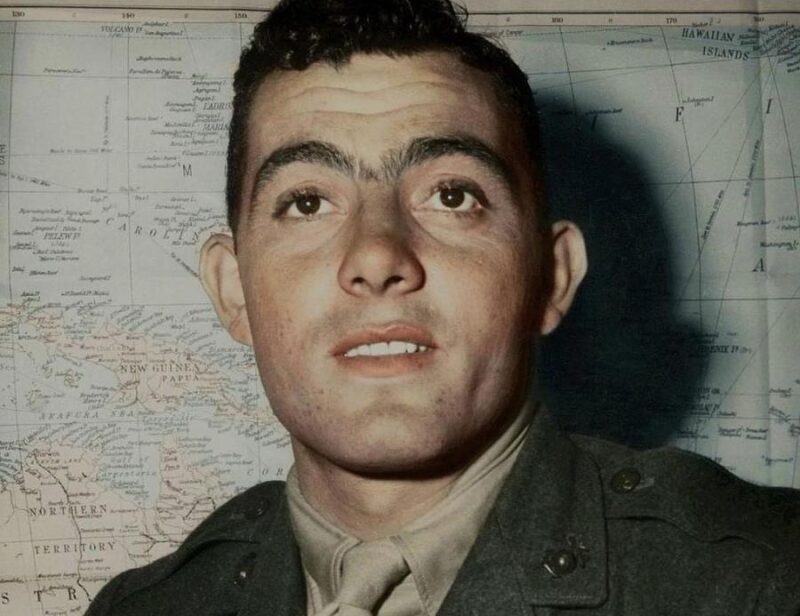John Basilone: A Man To Emulate…If You Can
John Basilone: A Man To Emulate…If You Can “Heroes are ordinary people who make themselves extraordinary.” (Gerard Way) John Basilone – if you’re a Marine you know of this man, if you are not a Marine you probably don’t, and that is a shame. Like many American heroes he was not born into a rich … Continue reading John Basilone: A Man To Emulate…If You Can
